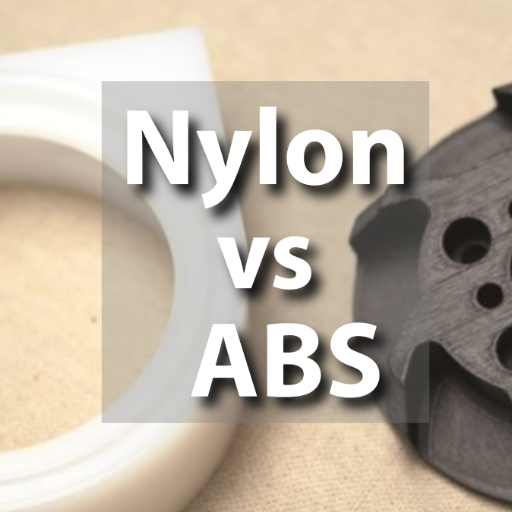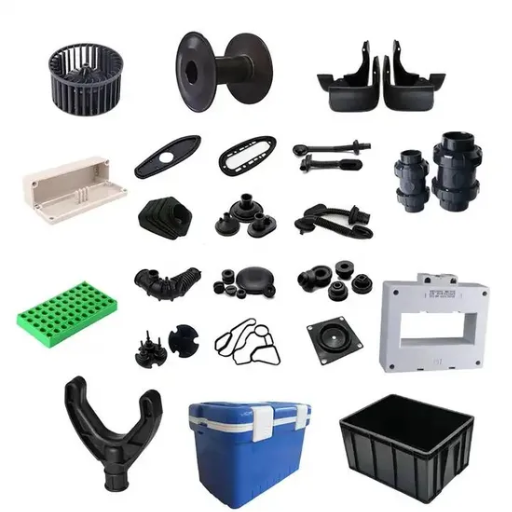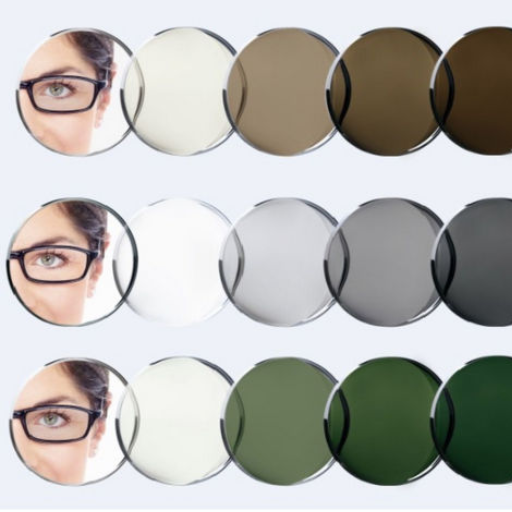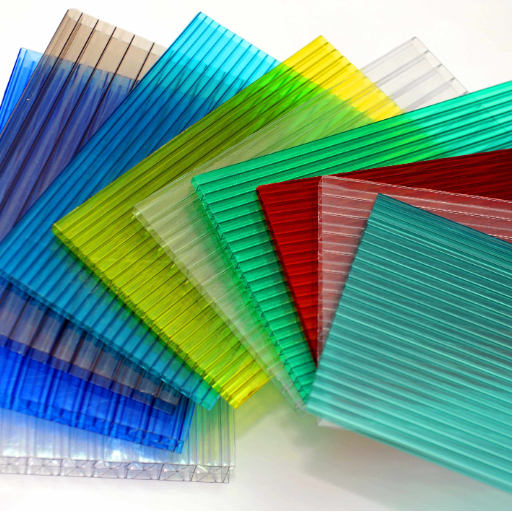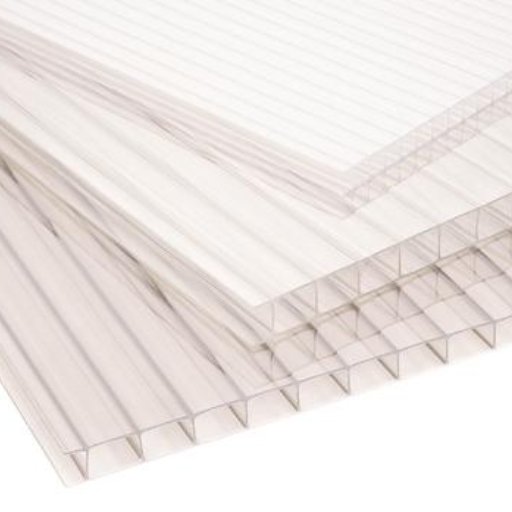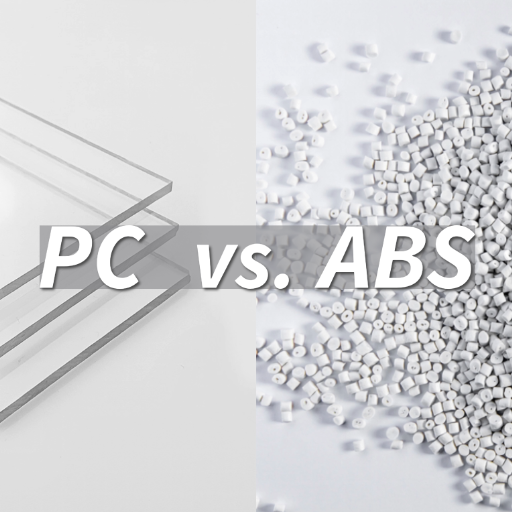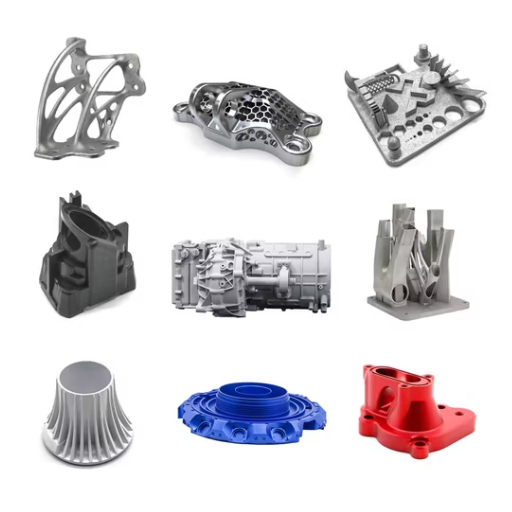Polyoxymethylene (POM), or acetal, is a well known advanced thermoplastic engineering polymer because of how tough, stiff, and abrasion resistant it is. Its usage is common in the automotive, electronics, and consumer products industries as POM is the go-to material for applications that require accuracy and strength. But, perhaps polyoxymethylene’s most fascinating trait is its density. Knowing the density of POM is crucial because it governs the mechanical properties, performance, and usability of the material. This guide will fill in the gaps on the relationship between POM’s density and some of the different applications it serves. Ultimately, this guide will help shed light on this multifaceted polymer so that readers can make well-informed choices.
What is POM and why is its density important?

Polyoxymethylene (POM) is often called acetal, is a highly used engineering thermoplastic due to its excellent performance in parts that require high stiffness, low friction, and rigid dimensional stability. Its density is one of the most important considerations because it affects fundamental attributes like strength, endurance, workability, and wear resistance. Understanding POM’s density aids in selecting the best material that would be suited in applications where mechanical strength and dependability are crucial.
Understanding polyoxymethylene (POM) as an engineering plastic
its density significantly informs its application. Over the years, I have learned that POM’s dimensional stability as well as its low friction is crucial in the automotive, medical, and electronic industries. Understanding how its density relates to strength and machinability has helped me recommend POM for jobs where precision and strength are essential. This knowledge has been instrumental in improving product performance and reliability.
The significance of density in POM material properties
Firstly, the weight of POM material plays an important aspect in determining its strength, stiffness, and material endurance. POM materials are ideal for processes that require fine accuracy, along with wear resistance, since high density roughly coincides with mechanical performance. Knowing this relationship allows for more appropriate choices to be made to achieve the desired results in complex industrial requirements.
How density affects POM’s mechanical strength and performance
the density of Polyoxymethylene (POM) has a significant impact on its mechanical strength as well as its performance. Increased density in POM results in greater rigidity and improved resistance to wear, which is ideal for applications where stability for extended periods is needed. In my observations, parts produced from higher density POM grades have shown exceptional resistance to deformation under load, which is important for high-stress environments. This is useful in particular precision engineering and industrial machinery where performance dependability is crucial. Selecting the correct density of the material achieves the optimal balance between strength, durability, and effectiveness.
What are the typical density values for POM materials?

The density values of POM (Polyoxymethylene) materials and their specific grades and types vary between around 1.41 to 1.61 g/cm³. Differences in density appear between copolymer and homopolymer formulations of POM, as well as the performance-enhancing fillers and additives that may be included.
Density range for POM homopolymer vs. copolymer
POM homopolymers have a density range between 1.41 and 1.43 g/cm³, providing remarkable strength and stiffness. In comparison, POM copolymers have a higher density range of 1.39 to 1.42 g/cm³ due to having better thermal and chemical resistance because of their molecular structure. The POM types’ slight differences in density show the balance in properties for both types, which makes them suitable for specific uses.
Comparing POM density to other thermoplastics
Compared to other thermoplastics, POM macromolecules have a density range of about 1.39 to 1.43 g/cm³. Therefore, it is denser than polypropylene (0.90 g/cm³) and polyethylene (0.91 to 0.96 g/cm³ ), but less dense than polycarbonate (~1.20 g/cm³) or polyvinyl chloride (~ 1.38 to 1.42 g/cm³). This moderate density together with its excellent mechanical properties renders POM a favorable thermoplastic for many strength and durability critical applications, surpassing many other POM alternatives in accuracy and performance in many demanding environments.
How does the density of POM impact its applications?

POM has a moderate density that achieves a perfect balance between strength and weight. Hence, it can be applied where mechanical performance is high without incurring too much weight. Owing to these characteristics, it is also ideal for precision components like gears, bearings, and washers, which require exceptional durability, wear resistance and dimensional stability.
Relationship between POM density and its mechanical properties
as a person who is well acquainted with Polyoxymethylene (POM), I can say with confidence that density is one of the determinants of mechanical predominance, for which this material is so widely used. This is an account of how the density of POM affects its performance.
- Strength-to-Weight Ratio: Because of its moderate density, POM has a high strength-to-weight ratio. Consequently, it can resist loads which would be difficult for other materials, thus making it perfect for light yet strong parts such as gears or automotive components.
- Stiffness and Rigidity: POM’s stiffness is directly proportional to its density. Its tightly packed molecular structure ensures excellent rigidity, which is essential for certain parts, which must maintain their shape under load, in extreme conditions.
- Dimensional Stability: POM has outstanding dimensional stability because it has consistent density and maintains it even under varying temperature conditions. This characteristic makes it suitable for precision engineering applications like bearings or intricate mechanical parts.
- Wear Resistance: Low friction and POM’s exceptional wear resistance helps greatly. Hence, it is very effective in reducing material loss or degradation in frequent motion or contact such as sliding surfaces.
- Impact Resistance: The optimized density of POM gives it both rigidity and toughness, which enables POM to absorb impacts without the fear of cracking or breaking. This is very useful for working in dynamic or high-stress conditions.
POM’s density, supersedes all other materials with its reliability in specific demanding scenarios while ensuring efficiency and durability, which others would strive to replicate. Not only automotive, but many consumer manufacturing industries flourish because of the fusion material, which fuels this astonishing combination.
Influence of density on POM’s chemical resistance and thermal stability
Eyeing the time spent with POM, I’ve noticed that its density profoundly enhances its chemical resistance and thermal stability. The densely packed molecular structure serves as a barrier to chemical degradation, allowing POM to maintain its structural integrity when exposed to solvents, fuels and other aggressive chemicals. Additionally, the density of the material enables it to withstand high temperatures without mechanical failure or deformation, which makes it highly dependable in thermal-intensive applications. This balance of traits is what consistently makes POM an asset in environments where durable and resilient materials are paramount.
Applications benefiting from POM’s specific density characteristics
Due to POM’s specific density characteristics, it makes the ideal choice for applications requiring utmost accuracy, strength and dependability. This includes automotive parts such as components for fuel systems, as well as industrial machinery that require wear-resistant parts, and consumer electronics which need mechanical stability. Furthermore, it is highly useful in medical devices and plumbing systems due to its ability to endure thermal and chemical stress.
Can the density of POM be modified for specific uses?

Absolutely, POM (Polyoxymethylene) density can be adjusted for particular functions by altering its molecular structure. In my professional experience, this is most frequently accomplished by adding fillers or modifiers, for example, glass fibers, minerals, or elastomers, which improve strength, rigidity, or impact resistance. Modifying the density not only changes the physical characteristics of POM, but also makes it suitable for specific applications which cater to the needs of different industries.
POM grades with varying densities
POM grades are achieved owing to the introduction of various fillers and additives in the production process. These alters enable material developers to manipulate the stiffness, impact resistance, and the wear performance so that each POM grade can be tailored for different uses ranging from automotive parts down to precise gears.
Additives and fillers affecting POM density
As for the tolerances of additives and fillers affecting the density of POM, I have seen how these modifications can greatly improve the material’s properties. For instance, glass fibers greatly improve the stiffness and thermal stability of the material, which makes it suitable for demanding structural parts. On the other hand, lubricating fillers such as PTFE or silicone lower the friction and wear and tear, which is useful in high-performance gears and other sliding applications. Each of the fillers and additives is chosen deliberately in order to satisfy the predetermined target performance parameters, guaranteeing the material functions properly for the specified application.
How does POM density affect processing methods?

The processing techniques for POM are affected by its flow, cooling rate, and part stability during molding because of its density. For higher density grades, a change in processing parameters like increase in injection pressure and mold temperatures is usually required to achieve suitable filling and uniformity. Density also affects shrinkage and dimensional control, which in turn, requires precise calibration in order to achieve satisfactory results for particular applications.
Impact of density on injection molding of POM
I’m aware that density is a critical aspect with regards to the results in POM injection molding. Getting a correct balance requires some degree of finesse when working with the processing parameters. As an example, attempts to perfect higher density grades require meticulous control and setting of the mold temperatures and injection pressures to fill the parts uniformly while retaining a constant structural integrity. Also, I have noticed that the density variations are very important in risk factors shrinkage and tight dimensional tolerances. Those considerations are grave for precision components production where the consistency and the components’ performances cannot be compromised.
Extrusion and compression molding considerations for POM density
In the case of POM density, optimal results can be achieved by controlling some critical parameters in extrusion and compression molding. From my experience, these are some of the most important ones to look out for:
- Material Compatibility: Make sure that the POM grade you are using is compatible with extrusion or compression molding. Attention should be paid to high density POM grades because they have lower flow characteristics which can impact the uniformity of the final product.
- Melt Temperature: An accurate and stable melt temperature is necessary for extrusion. Generally, temperatures ranging from 190°C to 230°C work well with POM. This may vary depending on the grade and density of the material. Consistent melt temperature allows for easy processing and minimizes the chances of degradation.
- Compression Pressure: For compression molding, the pressure applied in the molding process should match the density of the material POM. Compression force is always higher for higher density materials since greater force is needed to eliminate voids and correct part features. Make sure to monitor and calibrate pressure settings for each run.
- Cooling Rate: Controlling the cooling rate is essential for both extrusion and compression molding. Cooling of high-density POM materials should be controlled to avoid internal stresses or warping. For knockdown of cooling, I recommend the implementation of controlled cooling systems to maintain gradual heat release for uniform dimensional stability.
- Mold Surface and Release Agents: The surface texture of the mold is one more factor. When working with a highly dense POM, any defects in the molding surface will reflect on the part. Besides, the proper release agent application guarantees that there is part removal without any adverse effects on the surface finish.
If you attend to each one of these parameters individually and adjust them according to your POM material grade, you should be able to produce consistent results over various production cycles. Successful planning and accurate implementation always serve to mitigate density-centric issues in both extrusion and compression molding operations.
What role does density play in POM’s excellent sliding properties?

One of the factors contributing to POM’s remarkable sliding properties is its density. Based on my experience, higher density in POM materials usually correlates with more favorable molecular uniformity, which improves the material’s self-friction properties. This uniformity also reduces wear and guarantees the reliable movement of mechanical components where precision is critical. Furthermore, dense POM maintains its shape and performance under loaded conditions, which is ideal for high-stress situations. In my experience, choosing the right grade of POM with specific density allows for the fine-tuning of durability and sliding performance that dense industrial applications require.
Correlation between POM density and its low friction characteristics
Because of POM’s molecular structure/framework, there is a relationship between density and low friction traits. A higher density is likely to result in an arrangement of the molecules that is more regular or consistent. When there is less surface roughness, there is friction, but in this case, the surface interaction has a smoother contact which contributes positively to low-friction attribute of the POM, and so having a denser grade will be beneficial for applications with greater restriction on the friction and wear.
How density influences POM’s wear resistance in sliding applications
the POM plastic wear resistance in sliding applications is greatly enhanced by its density. Denser grades of POM have tighter molecular structure which further reduces microvoids and results in a harder surface. This minimizes material degradation with time in high stress or high speed conditions where friction forces are high. I have observed that when POM with the optimal density is selected, the components are able to maintain their integrity for much longer periods, which helps in reduction of maintenance and increases lifespan of the application. For industries that depend on precision and durability, this attribute is of utmost importance.
How does POM density contribute to its dimensional stability?

the denseness of POM is equally influential, if not more so, to its dimensional stability due to the uniform internal structure it possesses, which defies deformation under different temperatures and loads. With higher density POM, there is a reduction in internal voids which guarantees that material expansion and contraction is uniform. This level of stability is especially important in certain stringent applications where the effect even minute changes in dimensions can have on function and dependability is immense.
Relationship between density and POM’s crystallization behavior
the density of POM affects the arrangement and packing of polymer chains during crystallization. It has been shown that mechanical strength and thermal resistance are enhanced in higher density POM due to the more tightly packed crystalline structure, which greatly increases the material’s performance during challenging conditions. Moreover, internal stresses that may cause durability and cracking over time are greatly reduced with better controlled crystallization. This understanding improves material selection for tougher industrial requirements.
Impact of density on POM’s retention of mechanical properties over time
Higher POM density leads to a tighter packed crystalline structure that enhances the retention of the long term mechanical properties. This is due to the increased density which reduces internal voids and defects, which lowers the chances of undergoing mechanical degradation like stress cracking or deformation during prolonged use. For these reasons, POM of higher density can demonstrate outstanding durability and reliable performance even when subjected to prolonged mechanical and thermal loads, thus making it suitable for demanding industrial applications.
Reference
- Polyoxymethylene – Wikipedia: Provides an overview of POM, including its density and common applications.
- Polyoxymethylene (POM Plastic) – Omnexus – SpecialChem: Offers detailed information on POM’s properties, including density, water absorption, and service temperature.
- Global EPP POM C Acetal Copolymer – MatWeb: Features technical data on POM, such as density and moisture absorption.
Frequently Asked Questions (FAQs)
Q: What is POM and why is it considered an important engineering thermoplastic?
A: POM, also known as acetal or polyoxymethylene, is a polymer derived from formaldehyde. It’s considered an important engineering plastic due to its exceptional mechanical properties, including high strength, stiffness, and excellent dimensional stability. These properties make POM suitable for a wide range of components in various industries.
Q: How is POM produced and what are its main types?
A: POM is produced by polymerizing formaldehyde. It can be polymerized by anionic catalysis, resulting in two main types: homopolymer and copolymer. The homopolymer is made solely from formaldehyde, while the copolymer includes other monomers like acetic anhydride to improve certain properties.
Q: What are the key mechanical properties of POM?
A: POM is known for its exceptional mechanical properties. It has high tensile strength, excellent impact strength, and good dimensional stability. These properties make it ideal for applications requiring precise, durable parts. POM also maintains its mechanical properties over an extended product life, even under challenging conditions.
Q: How do the thermal properties of POM affect its applications?
A: POM has higher thermal properties compared to many other plastics. It has an elevated melting point and a relatively high glass transition temperature. These thermal properties contribute to POM’s ability to maintain its mechanical properties at higher temperatures, making it suitable for applications involving heat exposure.
Q: What are some common POM applications?
A: POM is widely used in various industries due to its desirable properties. Common applications include automotive parts, gears, bearings, medical devices, consumer electronics, and plumbing systems. Its good dimensional stability and strength make it particularly useful for precision parts in machines and other mechanical systems.
Q: How is POM typically processed?
A: POM is a melt-processable plastic, which means it can be shaped when heated. Common POM processing methods include injection molding, extrusion, and blow molding. The choice of processing method depends on the specific application and desired part characteristics. Due to its elevated melting point, POM requires higher processing temperatures compared to some other plastics.
Q: What are the advantages of using POM over other engineering plastics?
A: POM offers several advantages over other engineering plastics. These include its excellent mechanical properties, good dimensional stability, and better retention of mechanical properties over time. It also has good electrical properties and resists a wide range of chemicals. These characteristics, combined with its ease of processing, make POM a versatile choice for many engineering applications.
Q: How does the density of POM compare to other plastics?
A: The density of POM is typically around 1.41-1.42 g/cm³, which is higher than many common plastics like polyethylene or polypropylene. This higher density contributes to POM’s strength and stiffness. However, it’s still lighter than many metals, making it a good choice for applications where weight reduction is important while maintaining high strength.







